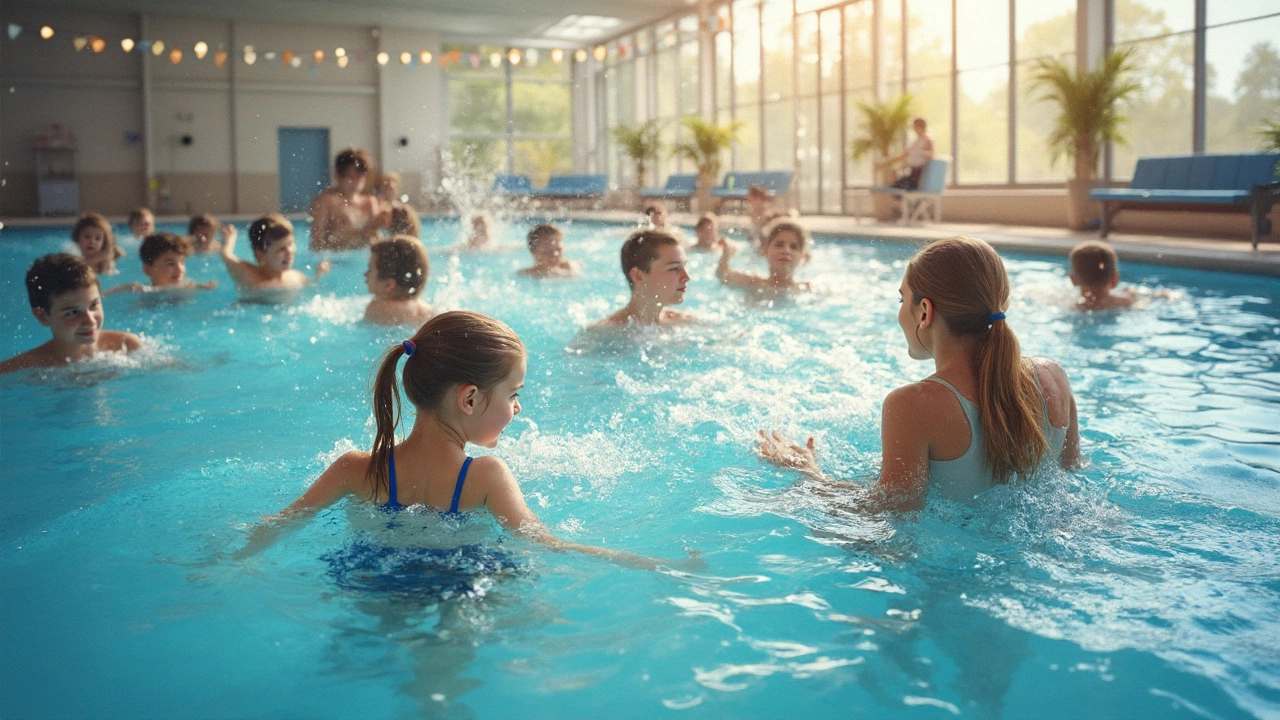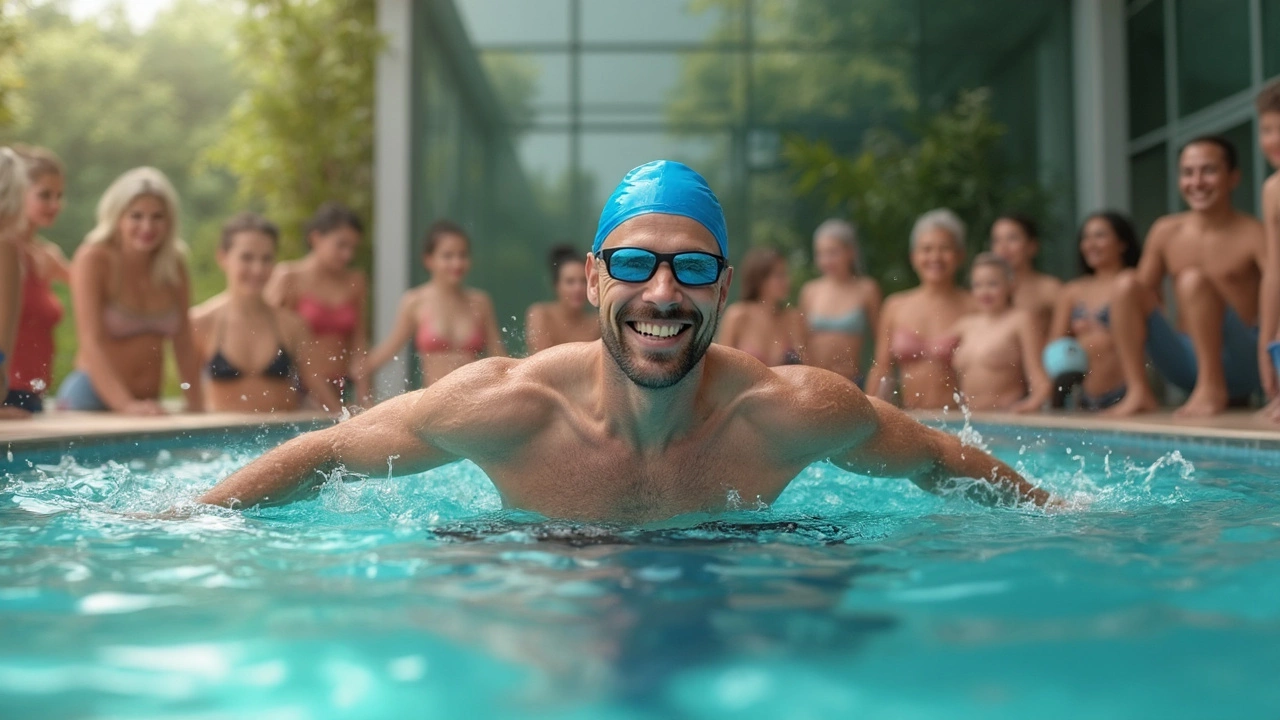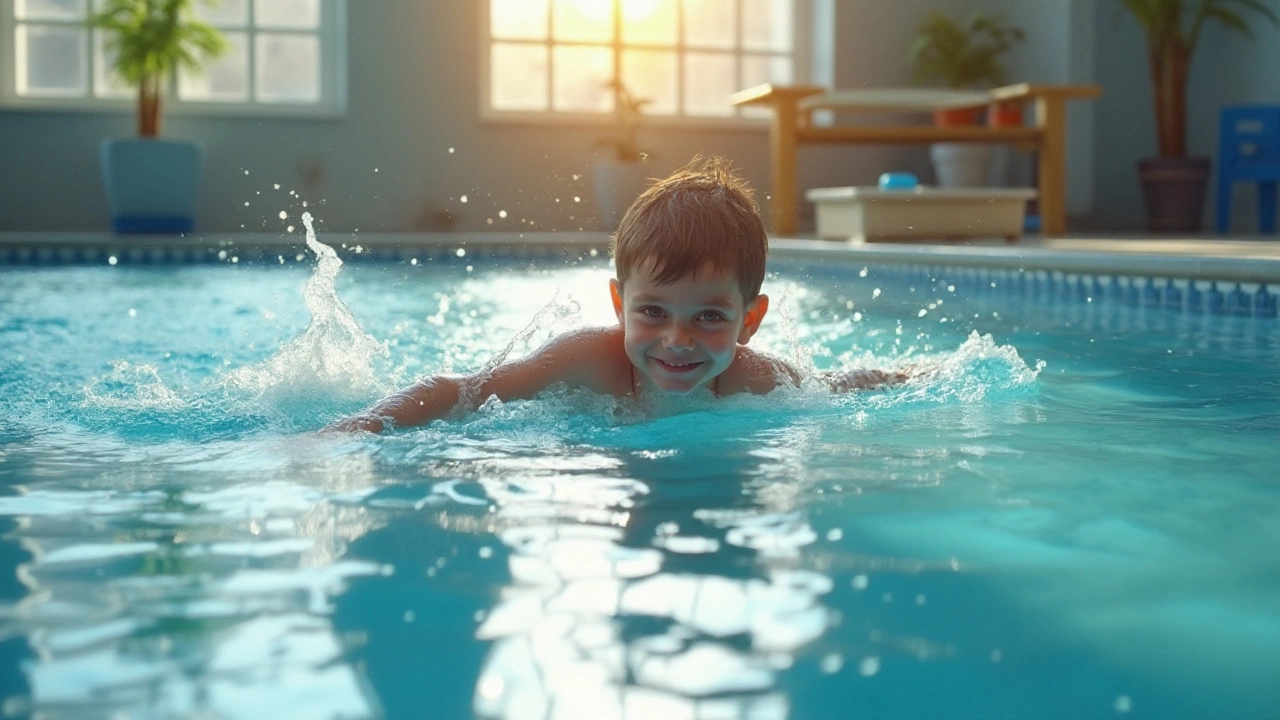
Learn to Swim – Your Quick Guide to Getting Comfortable in the Water
If you’ve ever felt nervous around a pool or wanted to try a new sport, learning to swim is a great move. It’s not just about fun; it boosts confidence, keeps you safe, and opens doors to lots of activities like surfing, diving, and water games. The good news is you don’t need to be a kid to start, and there’s a clear path to become a confident swimmer.
When to Start: Ages and Readiness
Most experts agree that babies can begin water exposure as early as six months, but formal lessons usually start around age three. At three, kids can follow simple instructions and have the motor skills needed for basic strokes. If you’re an adult, there’s no age limit – many people begin in their 30s, 40s, or even later. The key is to assess readiness. Look for signs like staying calm in shallow water, being able to sit up unaided, and showing curiosity about the water.
For toddlers, look for programs that focus on play. These classes use toys and games to build comfort. For school‑age kids, structured lessons that teach front crawl, backstroke, and breathing techniques work best. Adults often benefit from private or small‑group sessions that address fear and teach fundamentals at a relaxed pace.
Finding the Right Lesson and Staying Safe
Start by checking local pools, community centers, or swim schools. A good program will have certified instructors, small class sizes, and a clear progression plan. Ask about the instructor‑to‑student ratio – a 1:4 ratio works well for beginners.
Safety is a must. Make sure the pool has proper depth markings and non‑slip surfaces. Before each session, check that the water is clean and the temperature is comfortable (around 28‑30°C for kids, slightly cooler for adults). Always keep a towel and a change of clothes handy, and never swim alone.
During lessons, focus on three core skills: water comfort, breathing control, and basic stroke mechanics. Water comfort starts with simple exercises like blowing bubbles and floating on the back with support. Breathing control involves learning to inhale through the mouth and exhale underwater, often practiced with a snorkel or by putting the face in the water briefly. Once comfort and breathing are solid, the instructor will introduce arm pulls and kicking drills for the front crawl.
Practice regularly – even 15‑20 minutes a few times a week beats one long session once a month. Consistency helps the body remember movements and reduces fear. Keep a progress journal: note the date, what you practiced, and any milestones like swimming across the pool without stopping.
If you hit a plateau, change things up. Try different drills, switch to a new instructor, or attend a swim club for a fresh environment. Most swimmers find that joining a group class or a recreational swim team provides motivation and social support.
Remember, learning to swim is a journey, not a race. Celebrate each small win – whether it’s floating for ten seconds or swimming a full lane. With the right timing, a supportive teacher, and a focus on safety, anyone can learn to swim and enjoy the water for life.


How Long Does It Take to Learn Swimming as an Adult?
